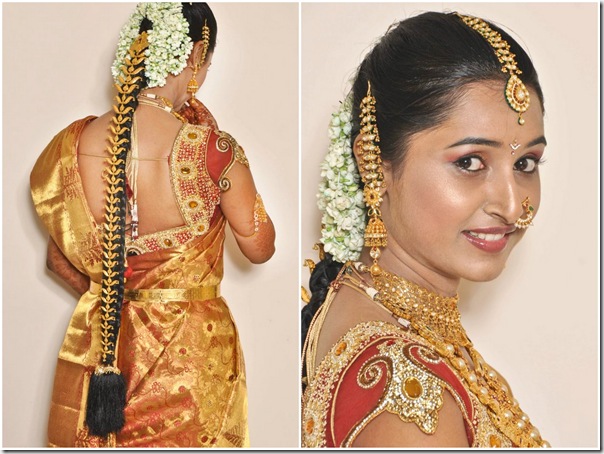Because of the expanse of the Roman Empire, styles of jewelry were often influenced by the different cultures that were conquered. Circlets were adapted from contact with Egypt and much of Roman jewelry was made by Greeks in the Greek style. Motifs and imagery from different cultures was often included in Roman jewelry. This is not to say that Romans did not include their own styles. Hoop earrings were first invented in Rome as well as a preference in circular designs. Rome also infused their jewelry with their religion and superstition by carving likenesses of gods or goddesses into jewelry or wearing symbols like snakes for health and protection.
The Romans had one of the most diverse collections of gemstones available in the Ancient world. Every new country that was conquered brought new stones, and trade lines with Asia and India brought an even larger selection. From this bounty, gem collecting began to take root. Having jewelry with gems from across the empire became very stylish.
Pearls were highly valued in Roman culture. Pliny the Elder, one of the most prolific writers of early civilization, wrote that two pearls were worth 1,875,000 ounces of fine silver. The conversion to today's currency would put the price at millions of dollars. Amber became very popular as well, especially over the rein of the infamous Emperor Nero.
One of the most long lasting additions that Rome gave the jewelry world was the invention of the cameo carving. These carvings most likely began as amulets of the gods or charms for protection, but slowly progressed to become beautiful homages to famous figures, a tradition that has endured through the years to today.
Rome had interesting rules concerning luxurious dress and ornamentation. Marcus Porcius Cato, a censor of the time, began the regulations against ostentatious dress and overly luxurious fashions. Because of this, the tradition of men wearing very limited jewelry was put in place; often men would only wear a ring. Women wore slightly more jewelry but not to the point that Egyptian or Indian women would.


.JPG)

.JPG)
.JPG)




